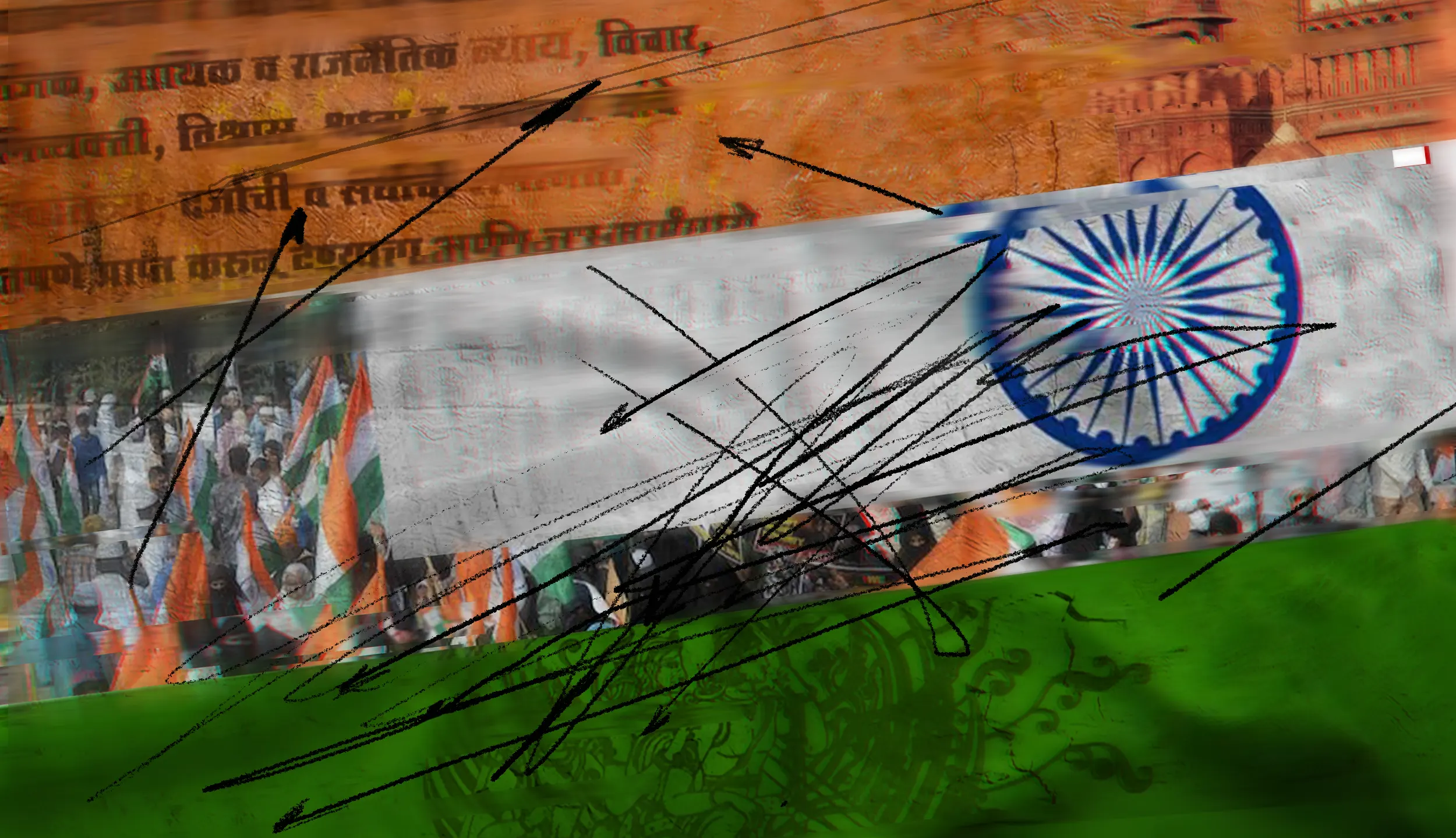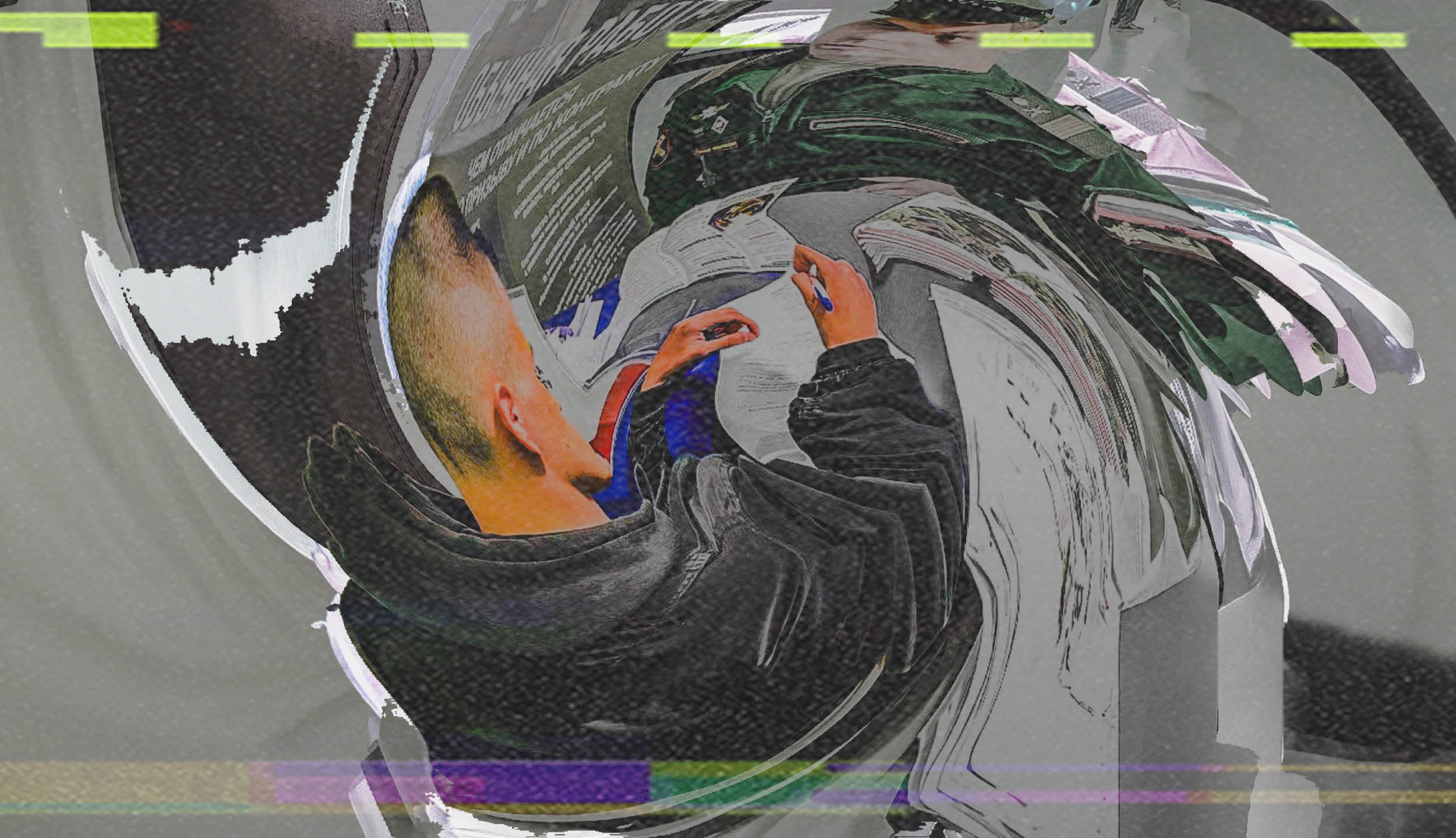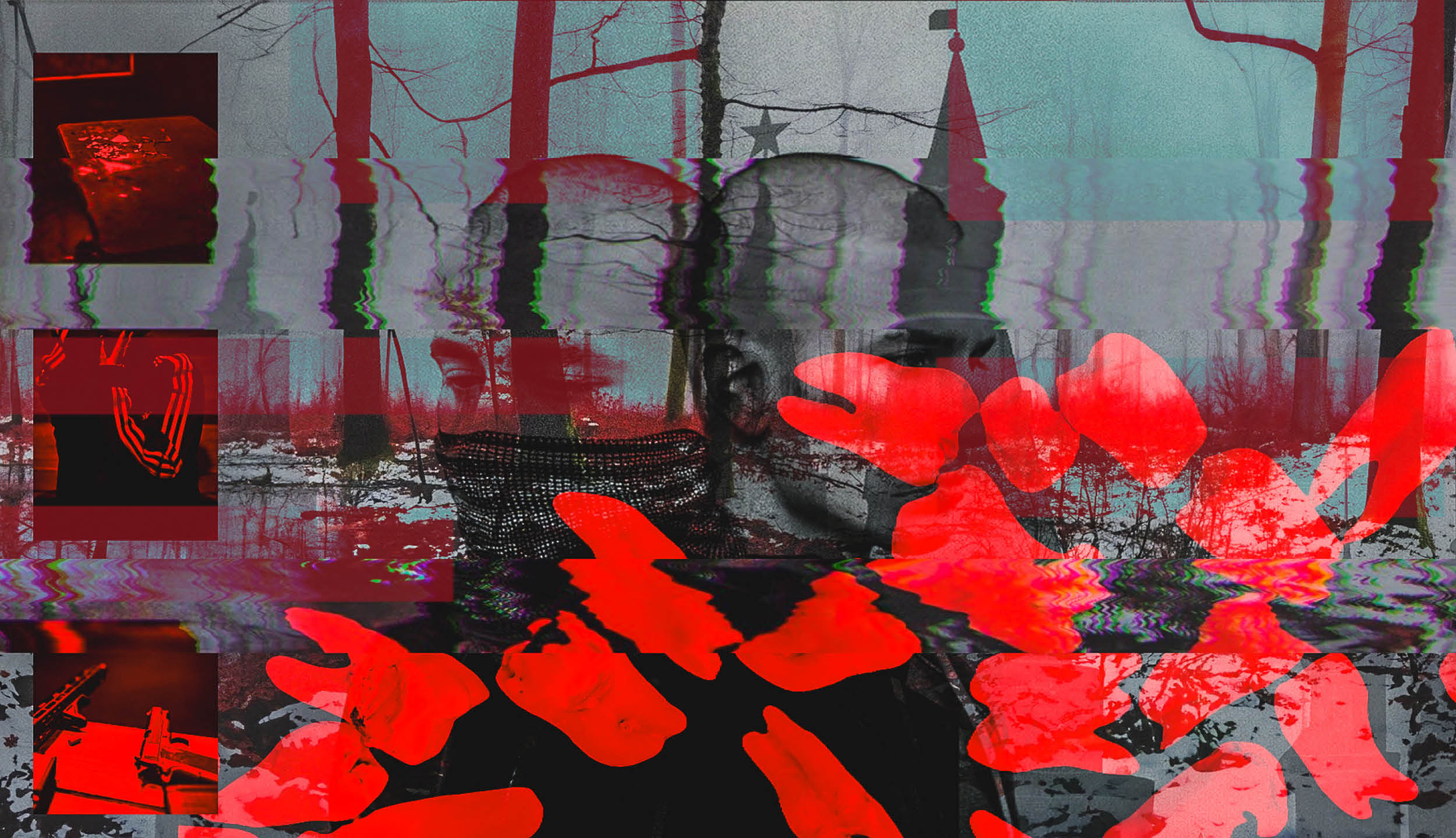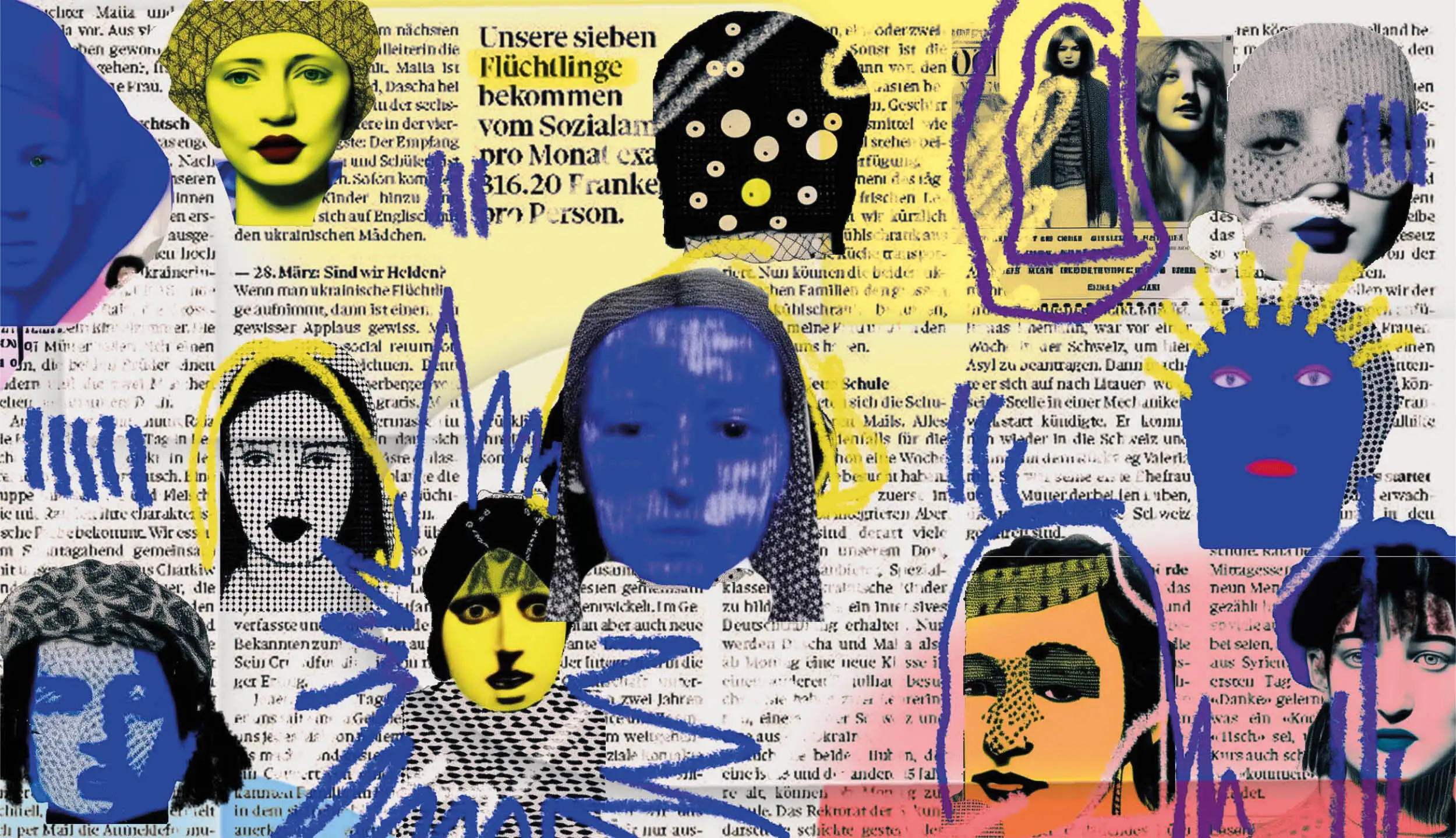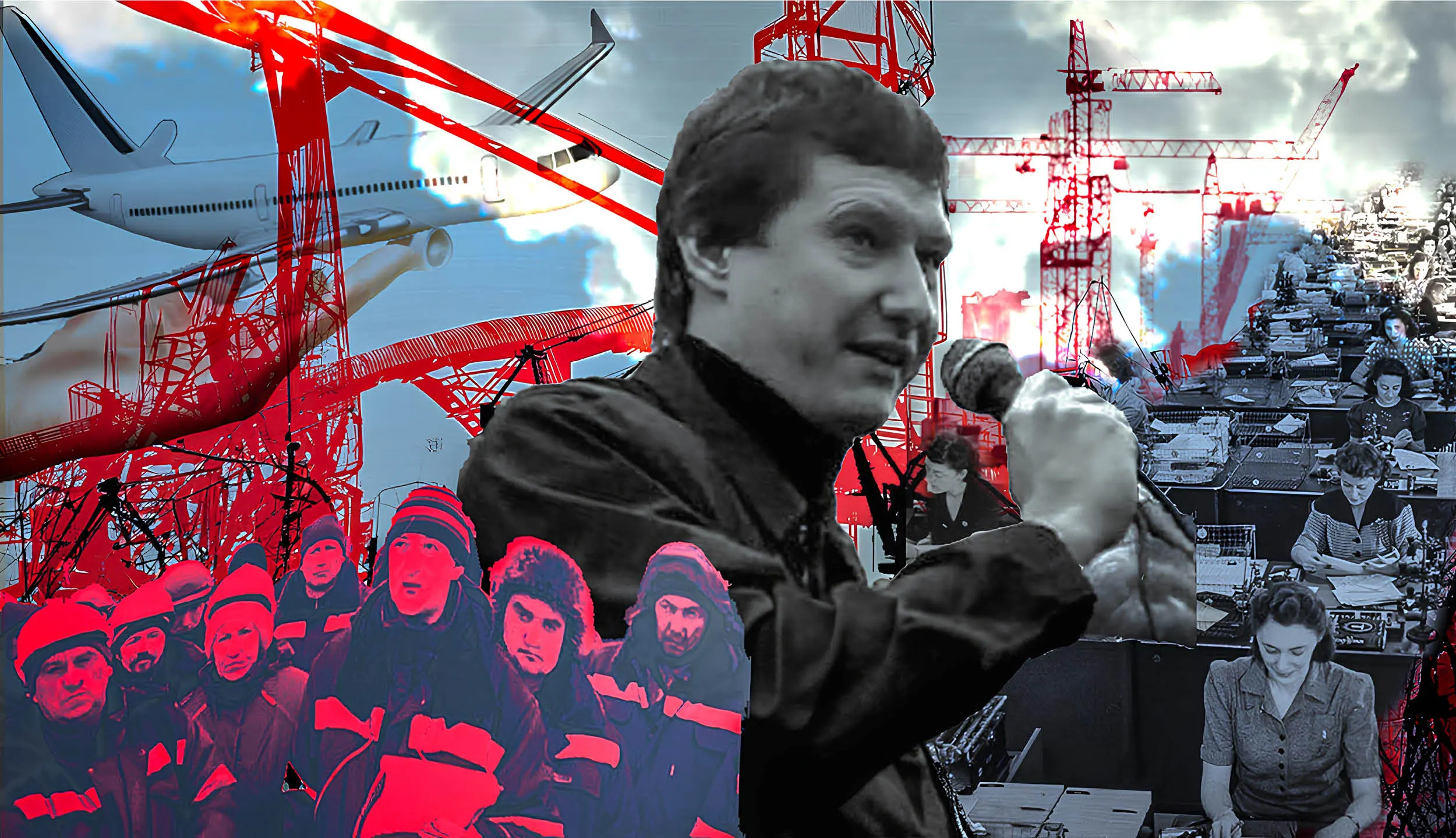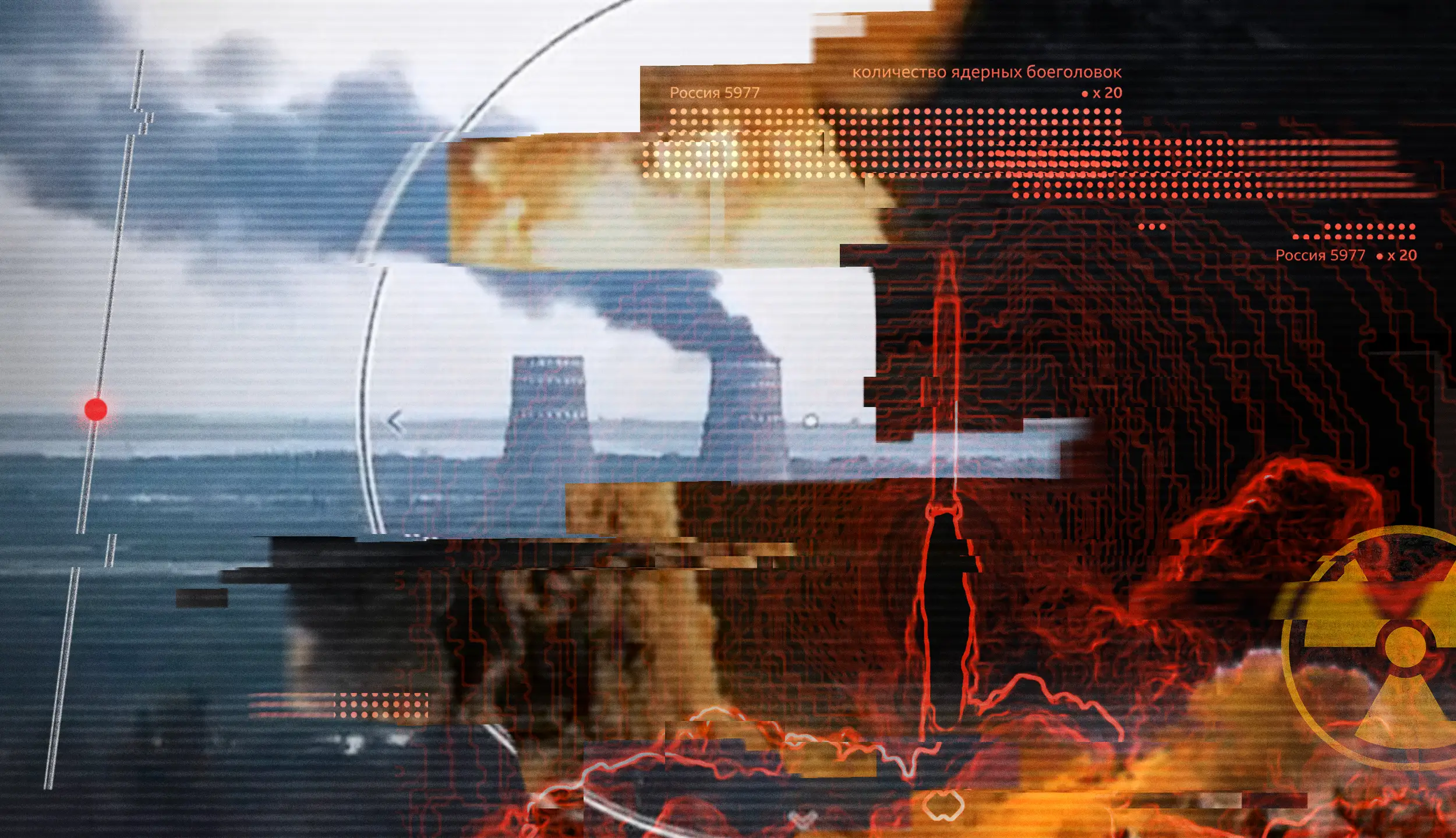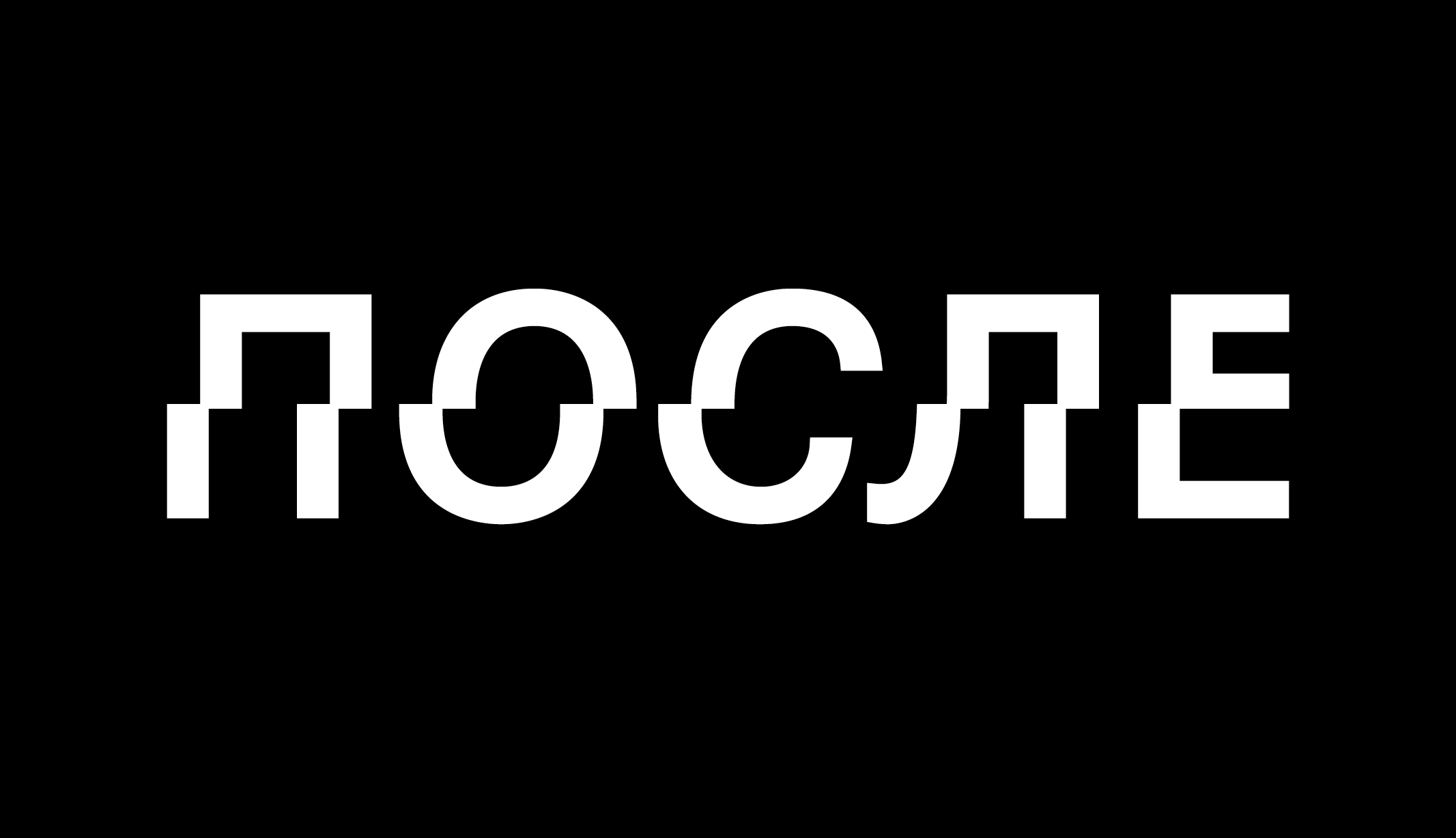The general election results declared on June 4 have opened up several hopeful possibilities. Though the coalition led by the BJP has attained a majority, the BJP is 33 seats away from the simple majority mark of 272 seats in the House of 543. Modi’s party will now depend on its regional allies to form and run the government. This result is bound to rein in the centralizing and homogenizing tendencies and re-introduce an element of democratic negotiation and deliberation in India’s politics. The opposition consisting of the Indian National Congress (INC), several regional parties, Left parties and parties emphasizing the anti-caste politics of social justice, has increased its strength to 234 members of parliament. The coalition led by the bourgeois liberal INC has had to adopt certain elements of the programs put forward by the official left and the anti-caste forces, such as broader social representation and equitable redistribution. The election results open up a maneuvering space for the progressive parties and movements to strengthen the efforts to protect the foundational values of the republic, paving the way for their further deepening and extension.
The general elections in India took place at a critical juncture in the evolution of the Indian Republic. It is an important moment not only because India stands on the cusp of a seventy-fifth anniversary of the republic — a sovereign, democratic, socialist, and secular republic that came into being on January 26, 1950 with the adoption of a deliberatively enacted constitution — but more so because the foundational values underlying the republic have come under strain. It should be noted that the political-ideological stream represented by the currently ruling Bharatiya Janata Party (BJP) and its parent organization Rashtriya Swayamsevak Sangh (RSS) did not contribute to the creation of this constitution, and they have expressed both covert and overt antipathy to it.
This note is not an analysis of the election results and the intricacies of coalition making. Instead, it provides a broad framework to make sense of the evolution of the Indian republic over the last eight decades. The current moment needs to be seen in the context of this evolution.
India’s constitution and the legacy of Enlightenment
The constitution was a product of the collaborative efforts between three streams that have developed through overlapping processes of mutual conflict and collaboration. The three tendencies consist of the broadly bourgeois-democratic Indian National Congress Party, the communists, and the anti-caste/caste-annihilationist radical egalitarian movements. Despite their profound mutual antagonisms and contradictions, these streams have shared a positive predisposition towards the values of enlightenment, at varying degrees of sincerity and commitment. This predisposition sets them apart from the anti-enlightenment reactionary/revivalist/revanchist/retrogressive stream of which the RSS became the most prominent representative. [Note: Rashtriya Swayamsevak Sangh (RSS) was formed in 1925 with the aim of building a “Hindu nation” and upholding the caste-patriarchal traditional order.]
But what did this enlightenment legacy mean in practice? Broadly speaking, it entailed a political program for the rational-humanist-democratic reorganization of Indian society. An outline of such a reorganization is implicit in the Preamble of the Constitution and more elaborately in the sections on the Fundamental Rights of Citizens and Directive Principles of State Policy. The introduction of universal adult suffrage itself carried revolutionary potential in a deeply hierarchical society where hierarchy is based on the ascriptive identity of caste. Along with these provisions, a charter of civil liberties and the right to equality was firmly upheld in the constitution, which could stand to become tools for the popular movements to substantiate and expand these values. Land redistribution, anti-caste, women’s rights, labor union and other movements emerged from the radical egalitarian and communist stream and faced frequent repression by the bourgeois-democratic state, a pattern both unsurprising and universal. Moreover, in a multi-religious nation with recent memories of communal violence, the notion of secularism as the equidistance of the state from all religions along with the freedom to practice any religion was a necessity. However, the state retained the capacity to intervene and regulate/abolish religious practices militating against the values of liberty and equality. Though not explicitly elaborated in the constitution — except partially in the section on directive principles — adherence to equality and justice entailed state action in organizing economic life through some form of planning and the redistribution of resources.
Creative synthesis that never was
The political contestation (along with occasional cooperation) between the aforementioned three streams — the bourgeois democratic Congress, the communists, and the radical egalitarian anti-caste movements — was largely within the ambit of the aforementioned ideas. The contest revolved around the nature of the policies to be adopted to translate these ideas into practice and not over the ideas themselves. The bourgeois-liberal stream in power was subjected to intense critique and opposition from the communists and anti-caste movements, through parliamentary as well as extra-parliamentary forms of mobilization and struggle. The thrust of the critique concerned the INC’s inability and unwillingness to realize the egalitarian democratizing potential of the constitution. They significantly failed in the three logically interconnected areas:
1) Breaking the hold of caste on social cultural life and sociocultural and political-economic supremacy of brahmin and other dwija (“twice born”) castes. (Of course, the Indian constitution is not a caste-annihilationist/abolitionist document, but its logic is definitely anti-caste.)
2) Reorganizing agrarian relations by breaking the hold of landlordism through a program of sweeping land redistribution
3) Universalization of mass free education (as a popular slogan goes, “KG to PG free education” — from kindergarten to postgraduate) of standardized quality.
The ascendance of the current regime cannot be singularly explained by these failures. However, the unresolved social economic cultural crises that have begot this government are in many ways shaped by these failures.
While the Indian National Congress Party and the larger bourgeois-liberal stream that it represented are to be held primarily responsible, the other two streams cannot be absolved of their failures in organizing a progressive alternative. These failures were political-organizational as well as ideological. Though these streams did substantially cooperate/collaborate despite their differences, it was necessary to achieve unity based on a creative synthesis of their positions. This task was not even taken up, barring a few glowing exceptions. The possibility of a progressive alternative threatening to upstage and replace the ruling class-caste politics at the national level never really emerged on the parliamentary political horizon. Neither the extra-parliamentary forces from the communist as well the radical-egalitarian stream could ever build significant strength to be reckoned as an alternative.
It must be noted however that in some of the states of the union, communist parties did form the governments through elections, and their record was substantially better on fighting caste supremacy, agrarian reforms, and mass education. In the southern state of Kerala, for instance, communists still hold power. The record of the communist-led governments in the states of Kerala, West Bengal, and Tripura in terms of land redistribution and decentralized governance was a highlight of their rule, although communists in Bengal didn’t show the urgency and attention to the caste question, unlike their counterparts in Kerala. This is also reflected in the caste-character of the leadership in these states.
Also worthy of mention is the Bahujan Samaj Party (BSP), a party with an explicit agenda against caste supremacy and arguably the only non-communist political party to have been organized through a popular movement from below. Parties such as BSP and to varying degree few other parties with their social bases in oppressed castes ( Dravida Munnetra Kazhagam in Tamil Nadu, Rashtriya Janata Dal in Bihar, Samajwadi Party in Uttar Pradesh) being in power emphasized and sought to realize the value of human dignity and self-respect. Despite these achievements these parties either remained confined to certain regions and/or specific social bases and they could not emerge as a genuinely nationwide force. Of course, they had to function in conditions of asymmetric power and resources. The counter-hegemonic forces such as communist parties and parties like BSP being at their lowest ebb or in total disarray is causally linked to the far right represented by BJP and RSS and its affiliates being electorally and socially dominant, as well as culturally hegemonic.
Long-term trend toward centralization and majoritarianism
Two more issues that have been at the centre of Indian political debate and have regained their criticality with the ascendance of the current regime are
1. The tension between centralization and federalism, and
2. The conflict between majoritarianism and secularism.
On both these issues, not only has the record of the ruling parties (mostly INC) since independence been patchy and problematic but the constitution itself has gray areas and even problematic elements.
The Indian political system, according to the constitutional scheme, is neither federal nor unitary, but quasi-federal with unitary bias. With the vast discretionary powers vested in the union government, emergency powers and the persistence of the colonial relic of the post of unelected governors of the states appointed by the union, there is an in-built tendency towards centralization in the constitution itself. During the era of one-party dominance in the first three decades after independence, these centralizing tendencies were in full flow. The union government frequently rode roughshod over the elected state governments led by the non-Congress parties either through fiscal control or even downright dismissals of elected governments through emergency powers. Since 2014, the centralizing pull has regained force as a government with absolute majority on its own came to power after twenty-five years of coalition governments. Centralization of powers in the executive branch and particularly in the Prime Minister’s office, have been reinstituted with added vigor.
However, the dynamic of federalization is not fully exhausted yet, with several regional parties being in power in their respective states. The centralized unitary and almost monolithic government at the union is thus increasingly being challenged by federal forces. In turn the current union government has sought to weaken these forces by strangulating their finances and using coercive mechanisms to break or subdue the regional parties or forcing them into submission. While the opposition is fighting this election largely — and rightly so — on the idea of defending the constitution, the fresh lessons of the last ten years should force them to revisit the centralizing bias of the constitution and strengthen federal aspects.
As for the prevalence of majoritarianism that has now become a defining feature of the Indian polity, it was never systematically countered in the decades after independence. The Hindu majoritarian forces (with the taint of having assassinated the principal leader of the independence movement, Mohandas Karamchand Gandhi) never had to face state repression during Congress rule — except for very brief periods of the RSS being banned and their cadre being imprisoned (1947 and 1948–49). Let alone any repressive action, RSS cadre continued to work within the various branches of administration, the cultural-literary spheres, and the education sector. Instances of communal violence of varying intensity, with minority religious communities being targeted, continued unabated with no deterrent punitive action or popular mobilization against it supported by the state. Along with several small-scale instances of violence that recurred periodically across the country, three major examples can be cited — the Anti-Sikh pogrom in 1984, the targeted violence against Muslims in Mumbai in 1992–93, and the anti-Muslim pogrom in Gujarat in 2002. In the early 80s, the nominally secular Congress Party openly embraced and invoked Hindu majoritarian sentiment and tied it to the rhetoric of national unity. In the sixth decade post-independence, Muslims were increasingly pushed into de facto secondary citizenship. In 2005, the socioeconomic conditions of the Muslim community have been shown to be woeful by a government-commissioned report. While emerging from the wider socio-economic crisis of post-independence capitalist development, these conditions are shaped by systemic discrimination based on religion. This situation has only exacerbated under the current leadership that is threatening to effectively push the Muslim community into de jure secondary status through a legal architecture involving citizenship laws, laws related to inter-religious marriages, laws against conversion, and others.
One aspect of the Indian constitution that has abetted the Hindu majoritarian campaign and assumed a particularly in the last decade is the inclusion of cow protection as one of the directive principles of state policy. This is indeed a testimony to the prevalence and periodic dominance of the regressive tendencies within the independence movement led by the Indian National Congress. While the agenda of cow protection did receive support and patronage from the Congress Party and its governments and legislations banning the cow slaughter were enacted in most of the states, the last decade has seen a spurt in violent cow-protection vigilantes with patronage from the ruling party. This has led to numerous instances of mob-lynching of the Muslim individuals under the pretext of having indulged in cow slaughter. In several instances the perpetrators of violence and killings have been unpunished (in fact, they have been venerated), and at times the victims of violence themselves have faced further legal persecution. Even if there is a change in the balance of political forces after elections, it is unlikely that the non-BJP parties would decisively check cow vigilantism and violence, owing to their generalized submission to the hegemony of Hindu majoritarianism. However, a sincere popular movement to uphold constitutional values will have to frontally tackle these and other problematic elements in the constitution that lend themselves to majoritarianism.
International context
In conclusion, we must briefly look at the unmistakable international dimension of the foundation, evolution, and the current crisis of the Indian constitutional republic. Indian independence as well as the proclamation of the republic through the constitution was enabled by the global conjuncture in the late 1940s—defined by 1) the defeat of fascism, 2) the increase in the prestige of the socialism/communism due to the leading role of the Soviet people in defeating fascism, the role of the communists in anti-fascist resistance, and the Chinese revolution in 1949, and 3) the ascendancy of anti-imperialist national liberation movements in Asia and Africa, many of them influenced by ideas of socialism and the USSR to varying degrees. The cultural logic of the united front against the Axis powers was the struggle of enlightenment reason against the destruction of reason. These developments gave an impetus to a constitution with the ideas of republicanism, democracy, equality, justice, and liberty at its core. Existence of the alternative systemic pole to US-led imperialism in the form of the USSR (with all its infirmities and internal contradictions) undergirded the significant existence of the progressive movements and ideas in independent India.
Of course, the demands of Soviet foreign policy constrained the capacity of the communist party allied to them and in ultimate analysis weakened the communist movement but that is a separate — though necessary — discussion. To their credit, the communist parties in India survived the disintegration of the USSR (unlike their European counterparts) and continued to meaningfully intervene in the polity — although the absence of an alternative systemic pole, and the buoyant claims of supremacy of the only extant system of liberal capitalist democracy posed serious ideological and political challenges before them. Though it may seem ironic to some, communists in India have been one of the most consistent forces fighting to uphold the constitution and to meaningfully implement its promise in the lives of the people. It is not ironic for following reasons: 1) the core values of the constitution are critical to the process of democratic revolution, which is a primary task before communists because 2) the bourgeoisie in the imperialist era has abdicated the task of carrying out the democratic revolution, and 3) the character of the Indian bourgeoisie is insufficiently or even scarcely bourgeois due to it being enmeshed in caste-patriarchal relations. This exerts reactionary pulls on the Indian bourgeoisie, making it even more incapable of completing the historic task of democratic revolution. Therefore, the crisis of communists in India further intensifies the crisis of the constitutional republic.
The current global conjuncture is conducive to authoritarian-majoritarianism. The depredations of US-led imperialism continue unabated, with its most ghastly expression in the ongoing genocide and occupation of Palestine by the “US’s west Asian outpost,” Israel. But the most grievous part is the absence of a global systemic alternative, though some outline of it can be seen in the People’s Republic of China, but not without its own problems and contradictions. In fact, the forces that pose a tactical-strategic geopolitical challenge (not to be confused with systemic challenge) to US imperialism are not on the left but on the right and even the far right. The Russian Federation under the extreme nationalist and revanchist rule of Vladimir Putin is the most notable case. Anti-imperialism of this variety is in many ways backward-looking, and antithetical to enlightenment values, if not actively premised on varying forms of irrationalism. The Indian far right has also adopted the deceptive language of decolonization (they had nothing to do with the actual popular movement against British colonialism, in fact they were collaborators) to extoll most reactionary ideas of indigeneity that uphold hierarchies and oppression. Most of this decolonization rhetoric stands counter to enlightenment values, positing them as Western or European constructs and impositions. Such rhetoric gives the reactionary ruling regimes a license to faux anti-hegemonic posturing without genuine opposition to the imperialism of monopoly capital.
While a substantial progressive transformation in India is allied with the possibilities for a progressive democratic shift in the global conjuncture, even a partial reversal of the right reactionary regime at the national level would have a bearing on the global politics for egalitarian universalism — in other words, socialism.

